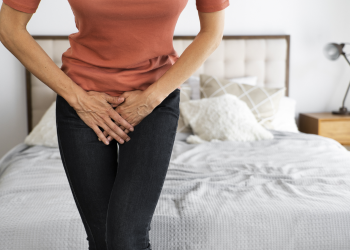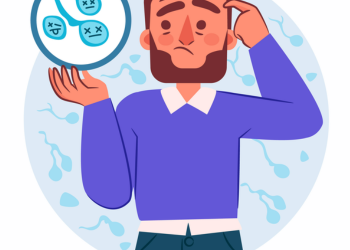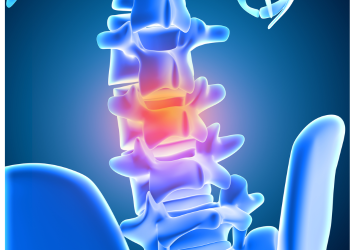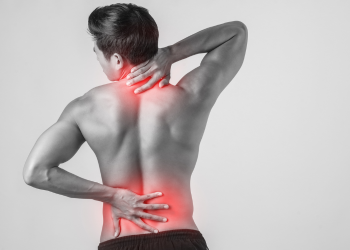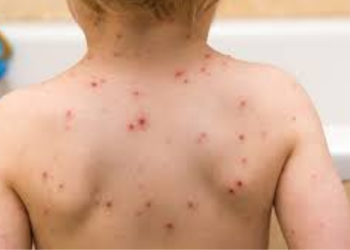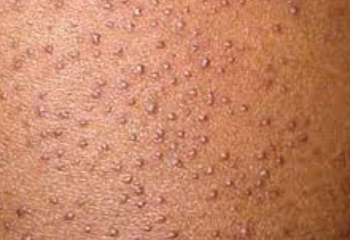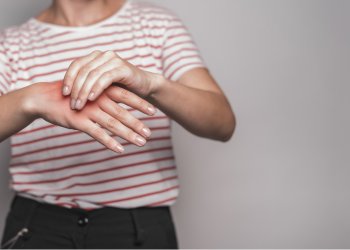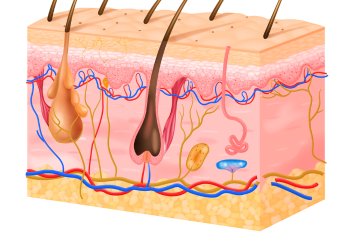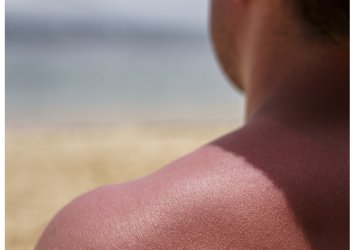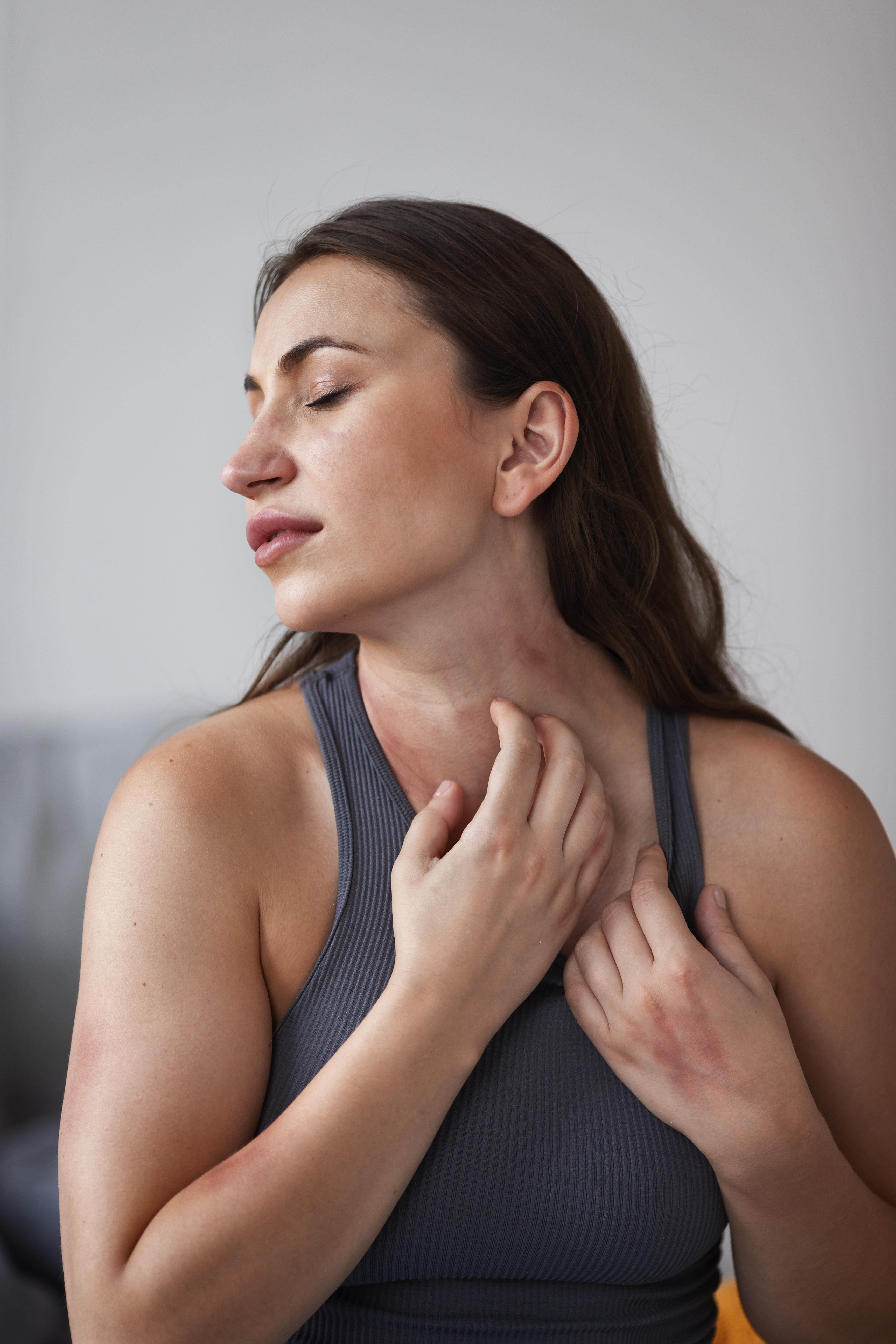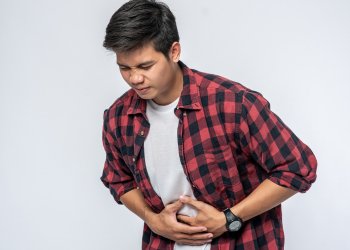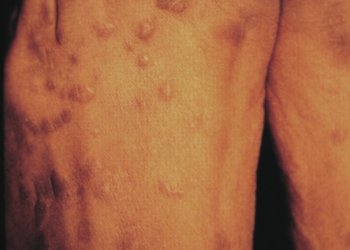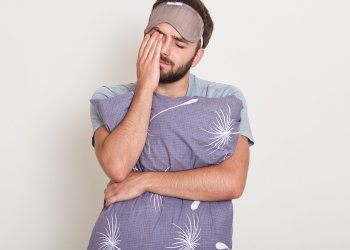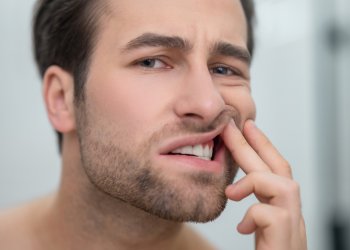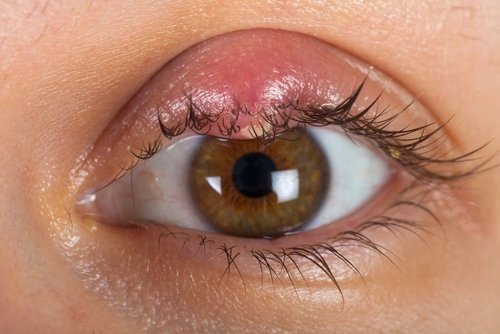
A stye is a red, painful lump near the edge of your eyelid that may
look like a boil or a pimple. Styes are often
filled with pus. A stye, also known as hordeolum, is a bacterial
infection of an oil gland in the eyelid. This
results in a red tender bump at the edge of the eyelid. The outside or the
inside of the eyelid can be affected. Having a stye on only one eyelid is common, but it’s also possible to
get styes on both lids. A stye usually lasts one to two weeks and will
typically go away.
- External
styes: External styes form on the outer part of either your upper or
lower eyelid. They’re the more common type. An infection in your eyelash
follicle usually causes them.
- Internal styes: Internal styes form on either of your inner eyelids (facing your eyeball).
An infection in the inner eyelid gland that produces oils that help keep
your eyelid moist causes this type.
HOMOEOPATHY treats internal and external styes successfully using your
constitutional medicine in minimal doses. Homeopathy is very effective in cases
of recurrent styes whatever the underlying causes.
SYMPTOMS
- Swelling of
your eyelid (sometimes your entire eyelid).
- Discharge from
your eye.
- Crusting along
your eyelid.
- Light
sensitivity.
- Soreness and itching.
- Eye tearing.
- A scratchy
feeling or a feeling that there’s something in your eyes
MANAGEMENT
· Wash your hands often, especially before eye makeup
and while using contact lens
·
Soak a clean
flannel in warm water. Hold it against your eye for 5 to 10 minutes. Repeat
this 2 to 4 times a day. Wash your face and remove eye makeup before bed.
·
Keep your eyelids
and eyelashes clean, especially if you have blepharitis.
·
Wash your hands
before putting contact lenses in or taking them.
·
Do not share
towels or flannels with someone who has a stye.
·
Do not rub your
eyes.
FAQ s
§
Are styes
contagious?
Styes generally
aren’t contagious. But small amounts of bacteria can be spread from them. This is why it’s important to always wash
your hands before and after touching a stye and wash pillowcases often to help
prevent the bacteria from spreading. Unless you’re cleaning or applying warm
compresses to the stye, avoid touching it to reduce bacteria spread and
irritation.
§
What are the risk factors
for developing a stye?
- A previous
episode of Stye before.
- Having blepharitis
- skin conditions, like acne, rosacea, or dandruff
- diabetes.
- dry skin.
- hormonal
changes.
- Hyperlipidemia
How to treat styes at home?
·
Use warm
compresses. Apply a warm washcloth to your eyelid for 10 to 15 minutes
three to five times a day. Rewarm the washcloth by soaking it in warm water,
wring, and repeat. using green tea bags moistened in warm water is
effective
·
Keep your eyelids
clean
HOMEOPATHY
Medicines like pulsatilla, thuja, Kalium Carbonicum are very effective
in treating styes

